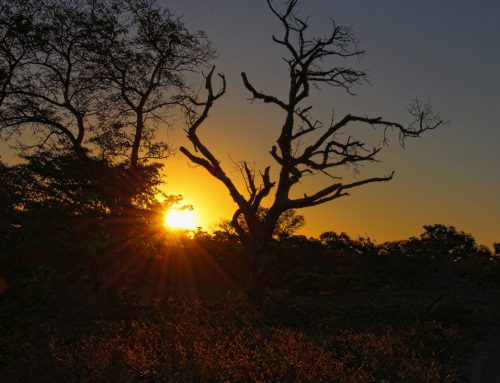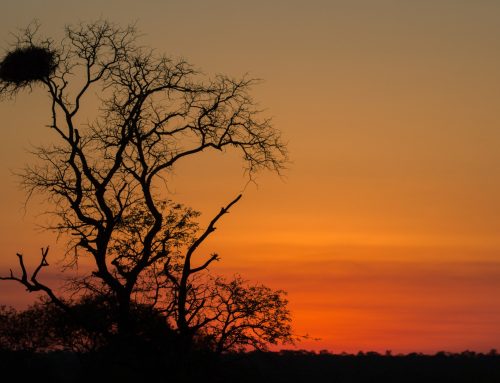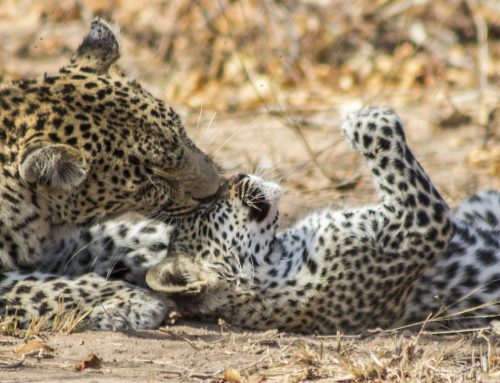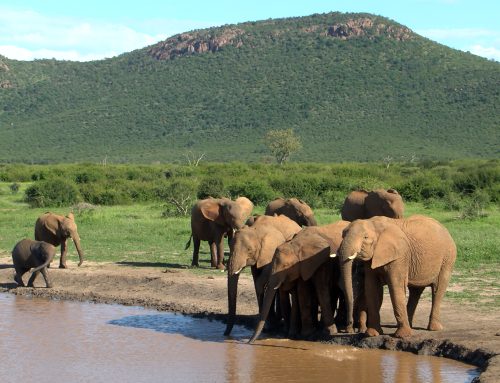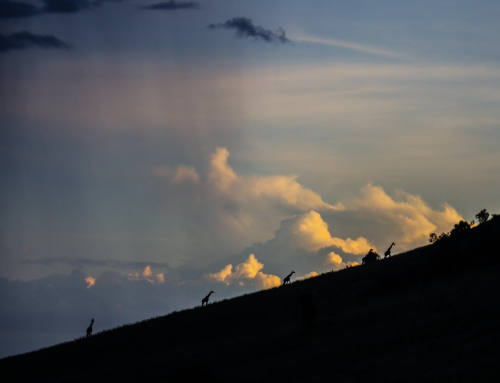Whilst doing some administrative jobs for the FC girls, I came across a page titled ‘Special Days Calendar’. I was tasked to make sure that all the days aligned and were, in fact, real events. Having gone through the list extensively I found that ‘National Pollinators Week’ was only officially celebrated in the United States (June 17-23 in 2019). I was very impressed by the US for their attention to detail. The choice to have an entire week dedicated to the appreciation and education of the importance of these creepy-crawlies is highly commendable and should be a global practice. Bees, wasps, moths, butterflies, beetles and flies are just some of the key players in the pollination-game worldwide.
However, this game is also played by bigger and less-vulnerable players. There are other ways that crops and plants are pollinated, for example wind-pollination and self-pollination. The vast majority of human foods are pollinated by these two methods. However, insect-pollinated crops contribute vital micronutrients, such as vitamins and folic acid, to our diets. These insects are also to thank for most of our delicious meals as they enable dietary variety for people across the globe. The role that most of these critters play is essential for the pollination of fruit, vegetables, seeds and nuts to name just a few. Even just the four examples listed here are fundamental contributors to human nutrition globally.
Upon the tiny shoulders of these ugly-buglies is also the weight of providing critical life-support mechanisms for biodiversity and ecosystems. Ollerton et al. estimate that natural flowering plants depend on their pollinating services by up to 94%. These authors have also managed to work out that continued pollinator extinction could lead to sudden crashes in plant diversity in natural habitats. This would be most acutely felt in the tropics, where dependence on insect pollination is highest. Without these insects, or as Brent would call them, ‘ghoghos’, much of the world’s natural beauty would be greatly diminished.
The tropics are also hugely under threat by us. We all know that the global population is growing at an exponential rate. An increase in population goes hand-in-hand with an increase in the consumption of natural resources. This is most prevalent in the wide-scale intensification of land-use. Both urbanization and increasing agricultural practices have destroyed and invaded many natural habitats. This has had an incredibly negative impact on pollinators who rely on these spaces for nesting and foraging. Furthermore, the necessary intensification of agriculture due to population growth has spurred the use of pesticides that can harm pollinators. These pesticides make their way into the pollen and impair brain function in the pollinator, impacting their learned ability to relocate their hives, as seen in the case of the honey bee.
The South African government’s department of agriculture, forestry and fisheries has identified another key issue relating to the impact of agriculture. The department states that commercial mono-agriculture has contributed to poor nutrition in South African insect pollinators. Due to the nature of monocultural farming, the spaces in which these crops are grown, which are usually extensive, are devoid of species diversity. This means that there are fewer species of food plants for insect pollinators to diversify and sustain their diets.
In this post I have only gone into depth about pesticides and land-use intensification as important causes of pollinator declines. However, there are a plethora of causes that interact and exasperate each other. For example, climate change has also been indicated as an important factor as it disrupts the alignment between the activity of specialized pollinators and the flowering times of their designated plants. Another important component is the increase of alien plants and species which often have the effect of wiping out vulnerable native species and plants by outcompeting them for resources or by spreading foreign diseases and pests.
These factors all result in the decline of pollinator populations in many regions, threatening human food supplies and ecosystem functions. Although many farmers have started placing beehives on their farms in order to help encourage pollination, Vanbergen et al. states that the honey bee alone is unable to meet the demands of pollination due to their variable activity. Furthermore, these authors highlight the clear link between the diversity of pollinators and sustainable crop pollination. This diversity is supported by natural habitats which have higher crop yields as a result. While it is very good news that farmers have identified the plight of the pollinators, their reliance on one single species could have severe consequences due to the numerous threats to pollinators, as seen with the American foulbrood disease outbreak that killed off 40% of the bees in the Western Cape, South Africa, in 2015.
The most well-known and widely researched insect pollinator is our favourite black and yellow-striped friend, the bee. There are approximately 20 thousand bee species across the globe but they essentially all do the same thing; pollinate the plants and enable them to reproduce. Jon Hoekstra, the lead scientist at the World Wildlife Fund stresses the vital role that bees play in our lives by stating that around one in every three bites of food that we take on any given day was probably enabled by a bee. The extensive role of the humble bee in our lives is not only linked to food, but also many other lesser known factors. For example, Hoekstra states that without bees, the production of cotton would crash, meaning our clothes would have to be made out of synthetic material. He also states that the production of many luxury goods would be hugely hampered without the involvement of bees, as seen in the case of tequila. The plant used to make tequila is called agave and it depends on bees to such an extent that without them, production would go down to 1 three-thousands of what it is with bees.
As shown by Hoekstra and the other authors mentioned in this post, bees and other insect pollinators are a vital and positive force in all of our lives. We must do all that we can to encourage and protect all insect pollinators as their presence and role on earth is manifold. One of the biggest ways for you to help support these buzzing super-heroes is by buying organic produce from local farms that have strict rules surrounding the limitation of pesticides. Another way to help is by planting indigenous flowers on which insect pollinators may feed throughout their very busy lives. The website, Pollinator Partnership, tells you more about this process and you can also donate on this link if you so wish. Let us strive to keep our morning headaches as a side effect of having too much tequila the night before, rather than the result of malnutrition.
Written by: Charlotte Ross-Stewart
References:
History [Online]. Joe Hoekstra, A World Without Bees. Available: https://www.youtube.com/watch?v=7X1xIIyZw3M
Ollerton et al. 2011. How many Flowering Plants are Pollinated by Animals? Oikos. 120: 321-26.
Pollinator Partnership [Online]. Available: https://pollinator.org/7things
The Government Department of Agriculture, forestry and fisheries of the Republic of South Africa [Online]. Available: https://www.nda.agric.za/doaDev/sideMenu/ActNo36_1947/AIC/Guidelines%20for%20the%20management%20of%20risk%20Agricultural%20Remedies%20on%20insect%20pollinators%20FINAL.pdf
Vanbergen et al. 2013. Threats to an Ecosystem Service: Pressures on Pollinators. Frontiers in Ecology and the Environment. 11(5): 251-259.

